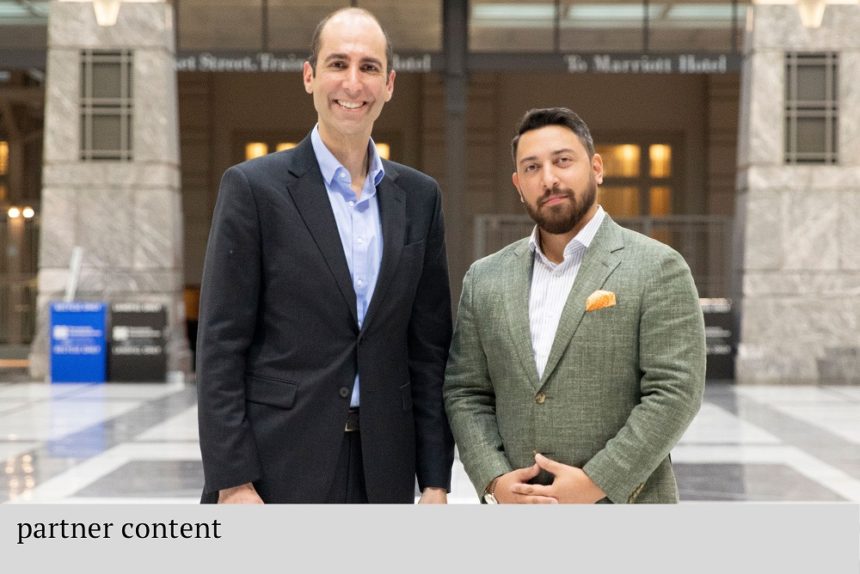Back in 2010, only 1% of all media consumption was happening in mobile; today, it’s about 30%, said Patrick Aysseh, GM of Tomorrow Networks, during a presentation at Digital Pharma East titled “Mobilizing Patient Engagement: The Power of Mobile, Data, and Intelligent Messaging to Engage at the Point of Care and Beyond.”
Tomorrow Networks, along with EngagedMedia, are two divisions within Aptus Health focused on point-of-care communications.
“Out of $221 billion being spent in advertising today, about $75 billion is being spent in mobile,” Aysseh reported. “That represents about 70% of all digital spending — yet that’s not happening in pharma.”
Mobile offers pharma and healthcare companies a unique opportunity to reach and engage patients. But that method of communication is still largely untapped.
“Advertising, it used to be easy, less complex,” Aysseh said. “We had 50 million households, 125 million people, and everyone was watching the same thing. Today, there are billions and billions of screens taking up a lot more of our attention every day.”
Bringing pharma and healthcare up to speed presents a challenge but also an opportunity to engage healthcare audiences in a range of relevant topics — from patient adherence to market access, insurance coverage to affordability of medication — when and where they are most likely to consume this information.
Through Tomorrow Networks’ geo-located advertising campaigns and EngagedMedia’s real-time mobile messaging platform, Aptus Health has the tools to meet patients where they are and interact with them through a medium that is already a part of their lives.
“Out of $221 billion being spent in advertising today, about $75 billion is being spent in mobile. That represents about 70% of all digital spending — yet that’s not happening in pharma.
Patrick Aysseh, Tomorrow Networks
Tomorrow Networks’ in-app campaigns rely on rich data sets to effectively target key consumer audiences based on their mobile devices and messages that reflect the audience profile.
“There needs to be an understanding of the audience’s context so the creative messaging can be adaptable to where they are,” Aysseh said. “We continue to optimize along the way and learn about who they are, to improve the messaging sequence and keep the performance going.”
With these large-scale awareness capabilities in place, the next question became: How can mobile be used to engage audiences further downstream in their experience with a brand?
“We looked for the methods through which we can engage patients and drive a behavior that addresses the problem of adherence,” said Hoss Sooudi, GM of EngagedMedia. “Our focus has been through mobile, and typically when we look at usage of mobile phones today, the most universal aspect of mobile phone usage is, indeed, messaging.”
If patients are using their phones to message — whether through traditional texting (SMS) or messaging apps like Facebook Messenger or WhatsApp — health messages need to adapt to what’s happening.
With that in mind, Sooudi and his team developed the EngagedPatient platform to deliver personalized, real-time information to a patient based on relevant pharmacy events. For example, enrolled patients near a pharmacy can get messages about picking up their medicine, while other messages can remind patients that their branded medication is due for a refill, or alert them of a prescription reversal and help them take action to address it.
The results in these mobile message programs are positive, Sooudi said. Refill rates are up 35%, refills are happening 74% faster, and patients are staying on their medications 27 days longer, on average.
“We focused on trying to engage and message patients where they are right now and with what they’re already using,” Sooudi said. “Right now, it’s SMS, but it doesn’t stop there. We focus on visual engagement through any means through which a patient wants to engage with the brand. No single patient gets the same message as another patient. That, along with the immediacy of mobile messaging, is at the heart of what helps drive the effectiveness and performance of our programs.”







